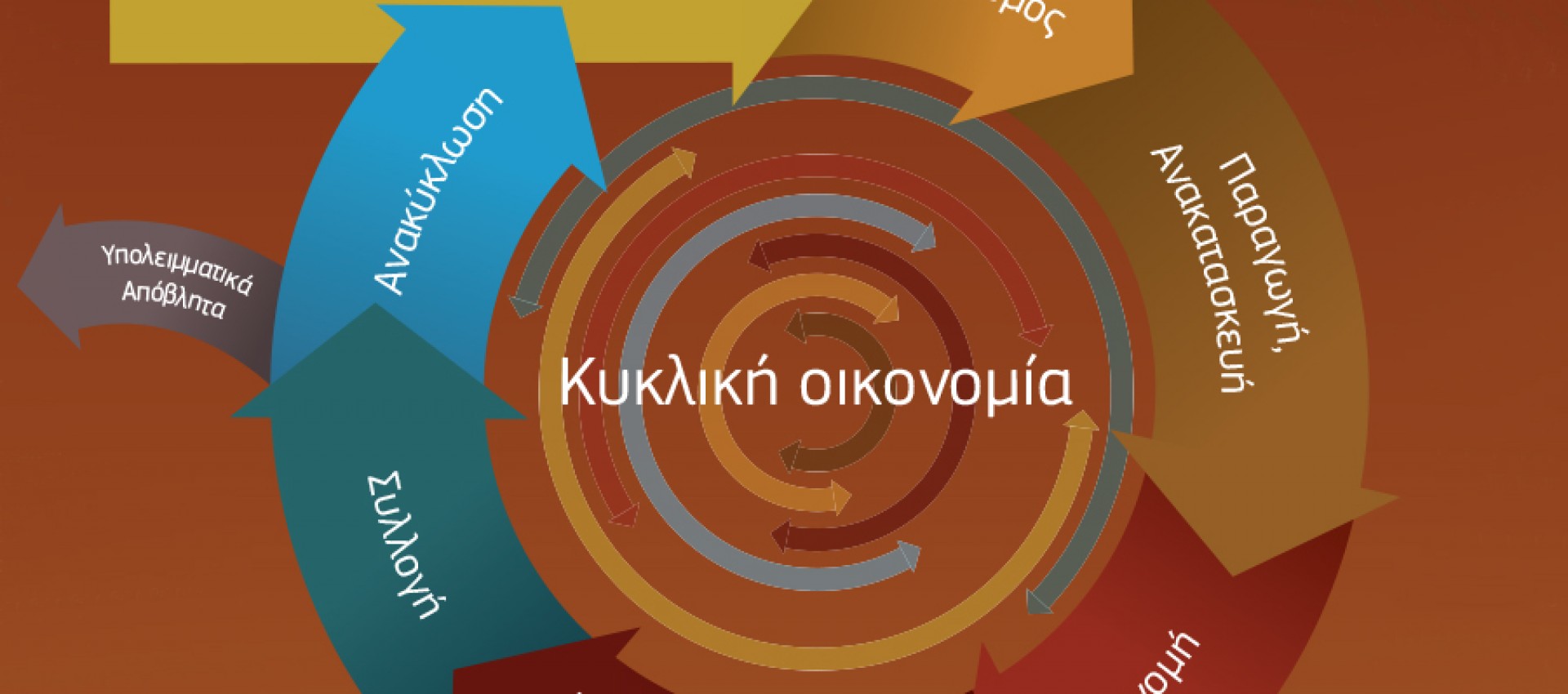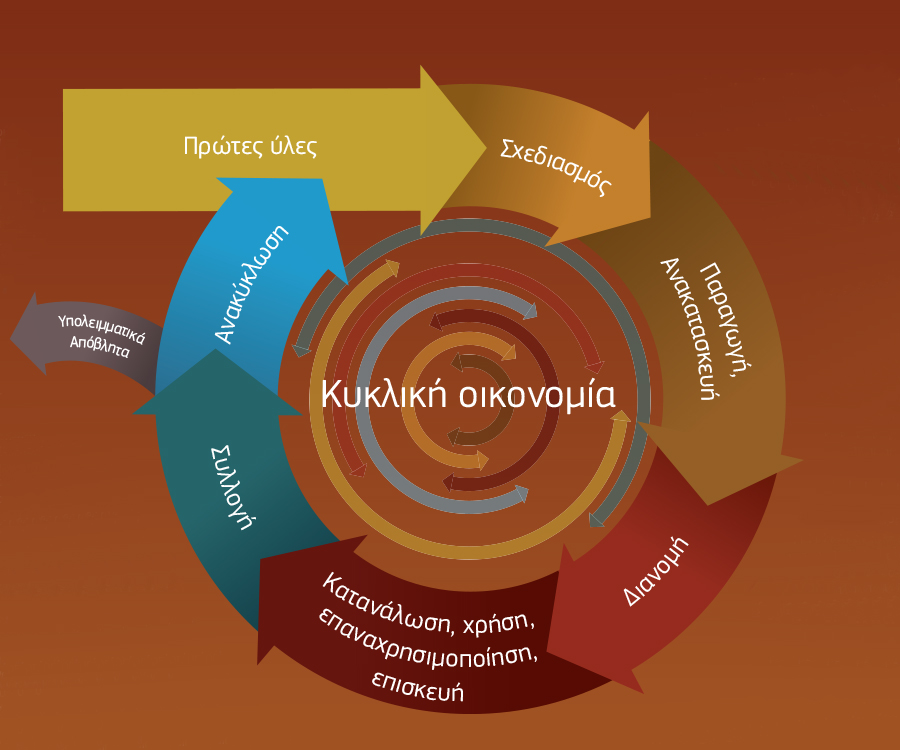
Circular Economy: What it is, how it is done and what are its benefits
The circular economy comes to respond to the ambition for sustainable development in the context of the increasing pressure from the production and consumption of the planet's resources and environment.
Until now, the economy has operated mainly according to the "take-make-discard" model, a linear model in which every product inevitably reaches its "end of useful life". Valuable materials are used to produce food, build infrastructure and housing, produce consumer goods or provide energy. When these products are consumed or no longer needed, they are discarded.
However, the increase in population as well as wealth makes the demand for scarce raw materials greater than ever and leads to environmental degradation. Metals and ores, fossil fuels, animal feed and food, but also clean water and fertile land have become more expensive.
Every year in the EU, almost 15 tons of materials are used per person, while every EU citizen produces, on average, more than 4.5 tons of waste per year, of which more than half ends up in landfills. A linear economy based solely on resource extraction is no longer a viable option.
The transition to a circular economy requires a shift in focus to the reuse, repair, renewal and recycling of existing materials and products. What was previously considered "waste" can be turned into raw materials.

Circular Economy: What it is, how it is done and what are its benefits
The circular economy is best understood by looking at natural biosystems that function optimally because each of their elements fits into the whole. Products are designed with the aim of being part of material cycles, with the result that materials are transported in such a way that added value is preserved as much as possible – while residual waste approaches zero.
The transition to a circular economy requires the participation and commitment of many different groups of people. The role of policy makers is to provide the basic conditions, predictability and confidence to businesses, to strengthen the role of consumers, and to define how citizens can secure the benefits of the changes that are taking place.
The business world is able to redesign entire supply chains for resource efficiency and circularity. Such a systemic transition is supported by developments in information and communication technologies, but also by social change. Thus, the circular economy can create new markets that respond to moving consumption away from traditional ownership, and towards using, reusing and sharing products, while contributing to increasing and improving employment.
Europe has already prepared the ground for this transition: a resource-efficient Europe is one of the key initiatives of the Europe 2020 strategy, which coordinates actions in many policy areas to ensure sustainable growth and employment through better use of resources.
Information source: European Commission